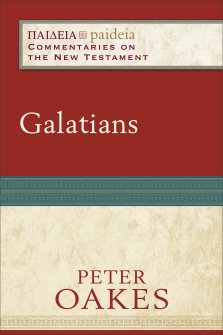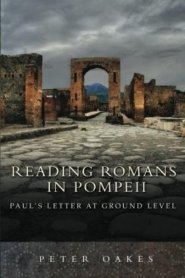We all know that when Vesuvius erupted in 79AD, it preserved both Pompeii and Herculaneum in a time-warp, until recent archaeologists uncovered their remains. Peter Oakes has assembled a detailed account of their findings from which he has given us a useful picture of, in particular, the lower strata of Roman society, one that is often overlooked. This part of the book will delight enthusiasts.
However Oakes then proceeds to use this material to deduce by extrapolation the possible composition of house churches like those of Paul’s letter to the Romans. He argues that on numerical terms these were unlikely to be populated by the social elite, but instead by representatives of the impoverished lower classes. Constructing case studies, the stoneworker Sabina, the cabinet maker Holconius, and the barmaid Iris, he suggests how Paul’s message would be heard differently by each. This therefore becomes of much wider interest, giving previously unrecognised insights into the way Paul offers a carefully fashioned message that touches the personal needs of a range of such individuals. It also becomes a challenge to those of us who endeavour to proclaim that same gospel for today.
Trustpilot











